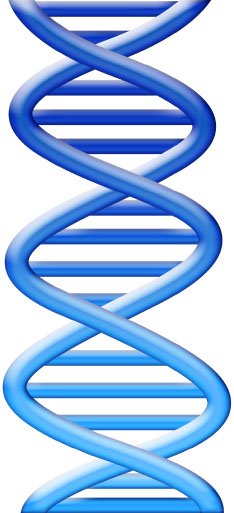Chinchilla Genetics
Chinchilla genetics? Are you ready for a lot of information? The standard gray chinchilla is the true color of a chinchilla, (although the ones bred here in the United States are much larger than the ones in the wild!) but color mutations have come and gone over the past century. Genetics are much more complicated than a simple calculator: think about how the mutations came about in the first place. Differences in chinchillas were noted (such as chinchillas with dirty, or non-white bellies) and encouraged through breeding. Now people mate two mutations and ask why am I not getting a color? or why dont my two grand champions have good offspring? Its because genetics are much more complicated than 1+1=2 or gray + white = mosaic. With education all we can have is better predictions. The percentages you see below are not exact. An aside first I strongly discourage breeding mutations together, especially for more than one generation. The farther removed from the standard gray a chinchilla is, the weaker and poorer quality a chinchilla youll have. The basic colors are beige, white, black (sometimes called black velvet), ebony, violet, and sapphire. Charcoal also exists but there are very few and I believe none are bred in the United States. They were determined to be a lesser quality chinchilla, so no one wanted them. If you breed a beige (heterogeneous) to a standard gray, half the babies born will be Beige and the other half will be standard gray. When you breed two Beiges together, not only will you produce Beige babies, you also have a 25% chance of producing a lighter beige chinchilla a homogeneous beige, as well as 50% beige (hetero) and 25% standard. When a homo beige is bred to a standard gray all the kits will be beige. If you breed a homo beige to a beige half the babies will be beige and the other half will be homo beige. If you breed two Homo Beiges together allof the babies will be Homo Beige! Confused yet? Here are the chinchillas genetics for each chinchilla color. The white (mosaic) and the pattern/color mutation black (black velvet), can be passed on in one generation. However, if you breed a White to a White or a TOV to a TOV, there's a 25% chance that you'll get the homozygous version of these genes and theyre lethal (the fetus wont develop). Now Ebony is a different story. It's still unclear as to how exactly this gene is passed on, but it does show up in the first generation. The Ebony gene darkens the color of the chinchilla. The more you breed the Ebony gene to a chinchilla family that has the Ebony gene present, the darker the offspring can get. It also makes other colors darker when mixed together, like Beige. Violet, Sapphire, and Charcoal are recessive genes. For instance, if you wanted to get Violets in your first generation, you'd have to breed two Violets together and all the babies will be Violet. However, if you breed a Violet to a standard gray, all of the babies will be standard gray but they will CARRY the gene for Violet. Violet carriers when bred together will have a 25% chance of producing a Violet. Also, if you breed a Violet Carrier to a Violet, roughly half the babies will be Violet and the other half will just be Violet Carriers (standard gray). Thats just the base colors. When you get down to it there are something like 2000 possible combination when you get into the recessive/dominant hybrids. Not that you should be breeding any of those strange colors! For a big help... here the original chinchilla calculator. |
Subscribe to our newsletter to get the latest updates and news on contests and sales!
|
|
|
Copyright© Chinchilla Source 2010. | ||


